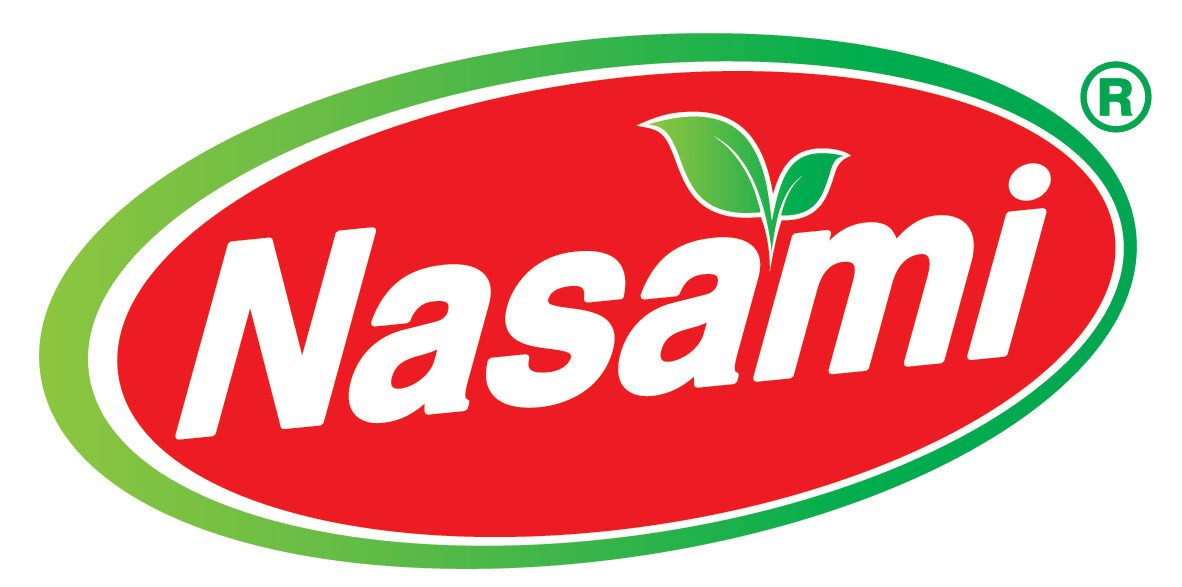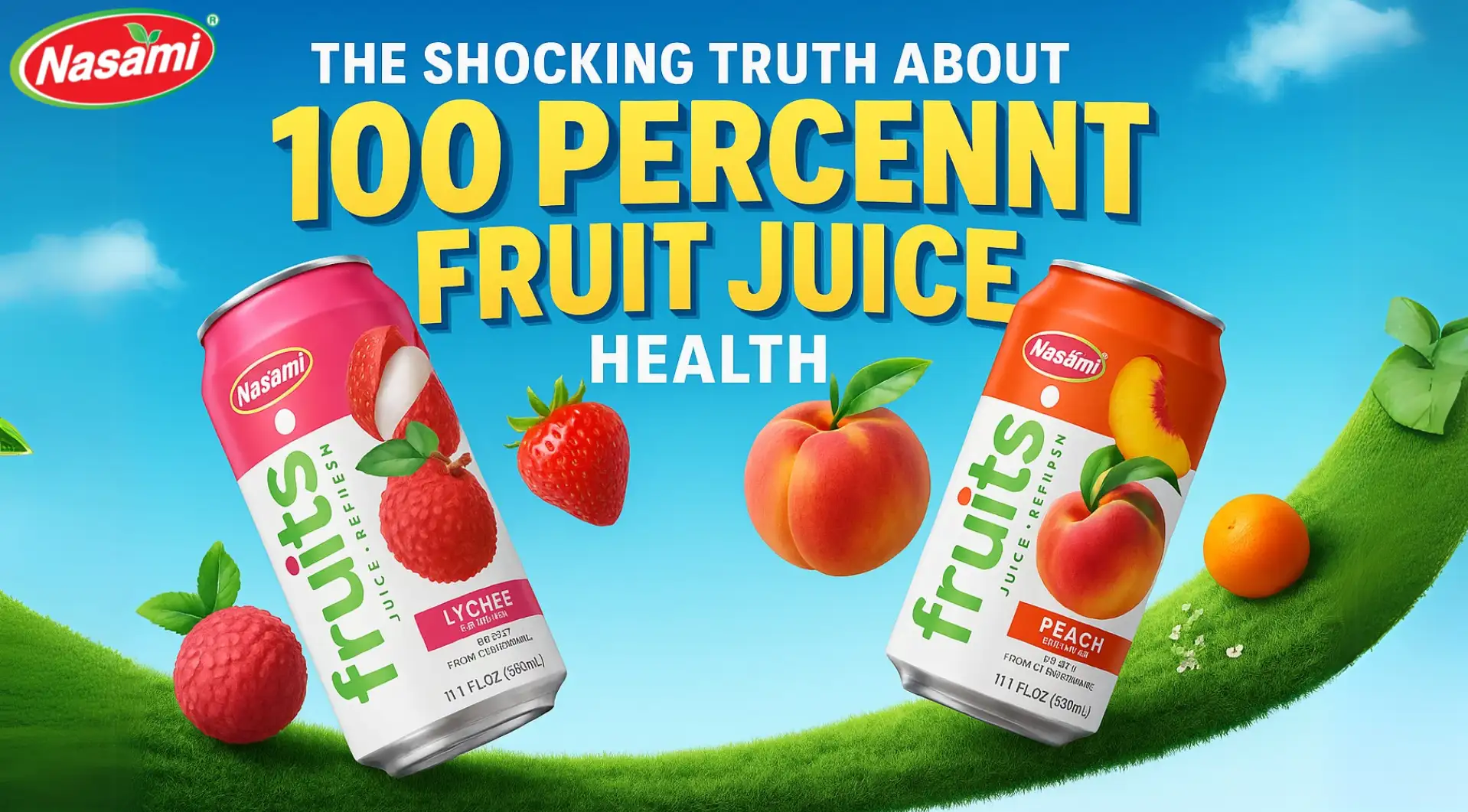Why 100% Fruit Juice Sparks Debate
Is 100 percent fruit juice healthy or harmful? For years, it was seen as a wholesome choice. Then came the warnings: “Too much sugar,” “No fiber,” “Not better than soda.” Suddenly, people were confused. What’s the truth?
Table of Content
ToggleIn this article, we uncover the shocking truths about 100% fruit juice—backed by science, stripped of marketing hype. Let’s dive deep into what you’re really drinking, and whether it belongs in your daily diet.
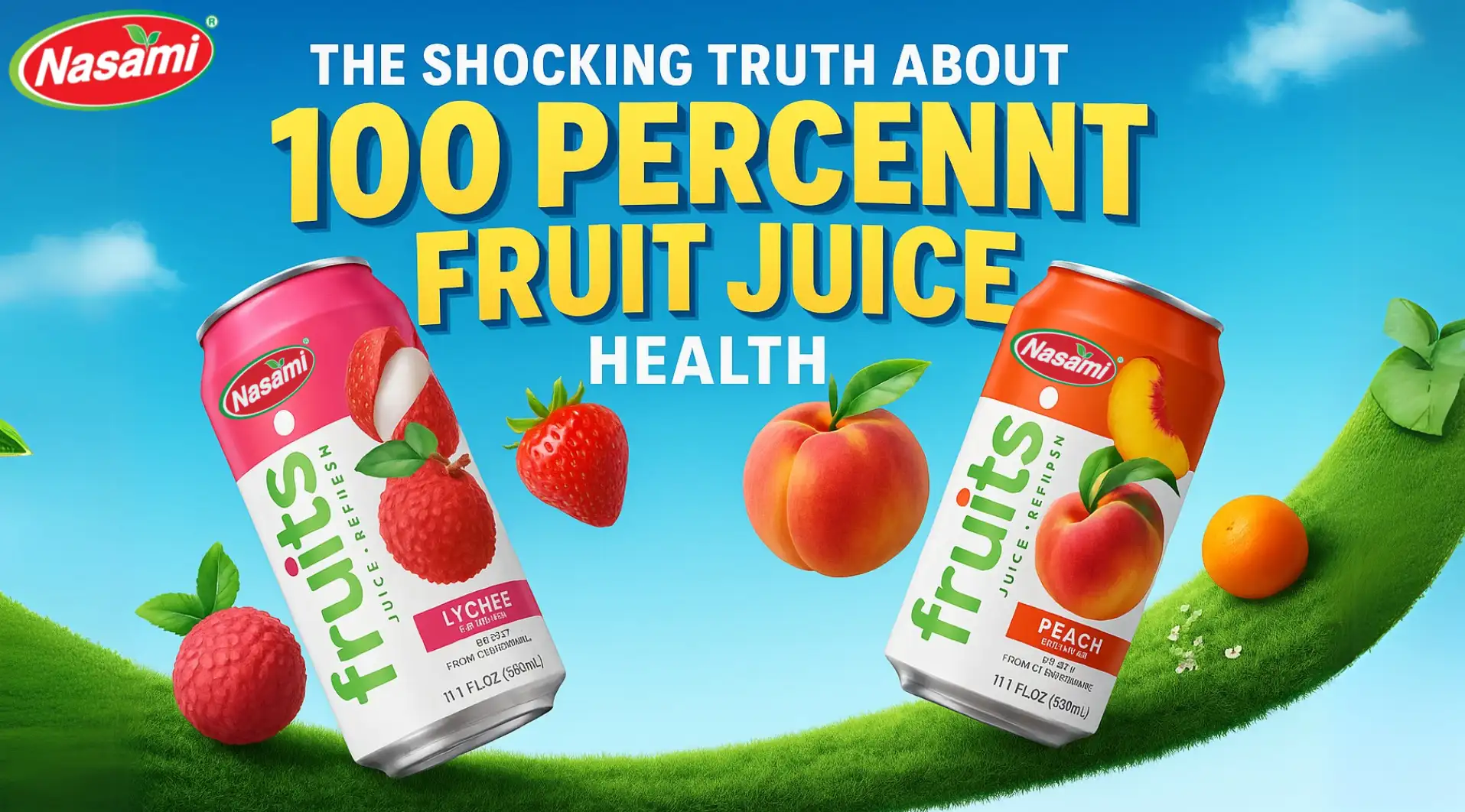
That Is 100 Percent Fruit Juice?
100 percent fruit juice means the liquid is made entirely from fruit, with no added sugars, preservatives, or artificial flavors. It can come from one fruit (e.g., orange juice) or a blend (e.g., mango-grape-pineapple). It may be fresh-pressed, pasteurized, or from concentrate.
It is not:
A juice “drink” or “beverage”
Fruit-flavored sugar water
Mixed with sweeteners or additives
Myths and Misunderstandings
Let’s tackle the three most common myths:
❌ Myth 1: It’s Just as Bad as Soda
Truth: Soda is empty calories—100% juice provides vitamins, minerals, and antioxidants.
❌ Myth 2: It Has No Nutritional Value
Truth: Orange juice offers vitamin C and potassium. Grape juice contains polyphenols. Pomegranate juice supports heart health.
❌ Myth 3: It’s Full of Hidden Sugar
Truth: Yes, 100% juice has natural sugars. But no sugar is added—it’s from the fruit itself.
7 Scientific Facts That Might Surprise You
Here are seven eye-opening findings from nutrition research:
Rich Source of Micronutrients
Juices like orange and mango are loaded with vitamin C, folate, and potassium—nutrients vital for immunity, skin, and blood pressure.
Supports Antioxidant Activity
Grape, cranberry, and pomegranate juices are high in polyphenols, which fight inflammation and protect your heart.
Hydration Boost
Juices contain up to 85% water—making them helpful for hydration, especially in children and athletes.
Better Nutrient Absorption
Some nutrients (like carotenoids in mango or papaya juice) are more bioavailable in liquid form.
No Additives (If Truly 100%)
Regulations in many countries require 100% juice to contain only fruit—no colors, flavors, or artificial chemicals.
Dental Health Depends on Timing
When consumed with meals and not sipped all day, juice doesn’t pose a serious threat to teeth.
Moderate Intake Is Linked to Lower Risk of Disease
Studies suggest up to 150ml/day of 100% juice is linked to lower risks of stroke and certain cancers.
Sugar in 100% Juice: Should You Be Worried?
Yes and no.
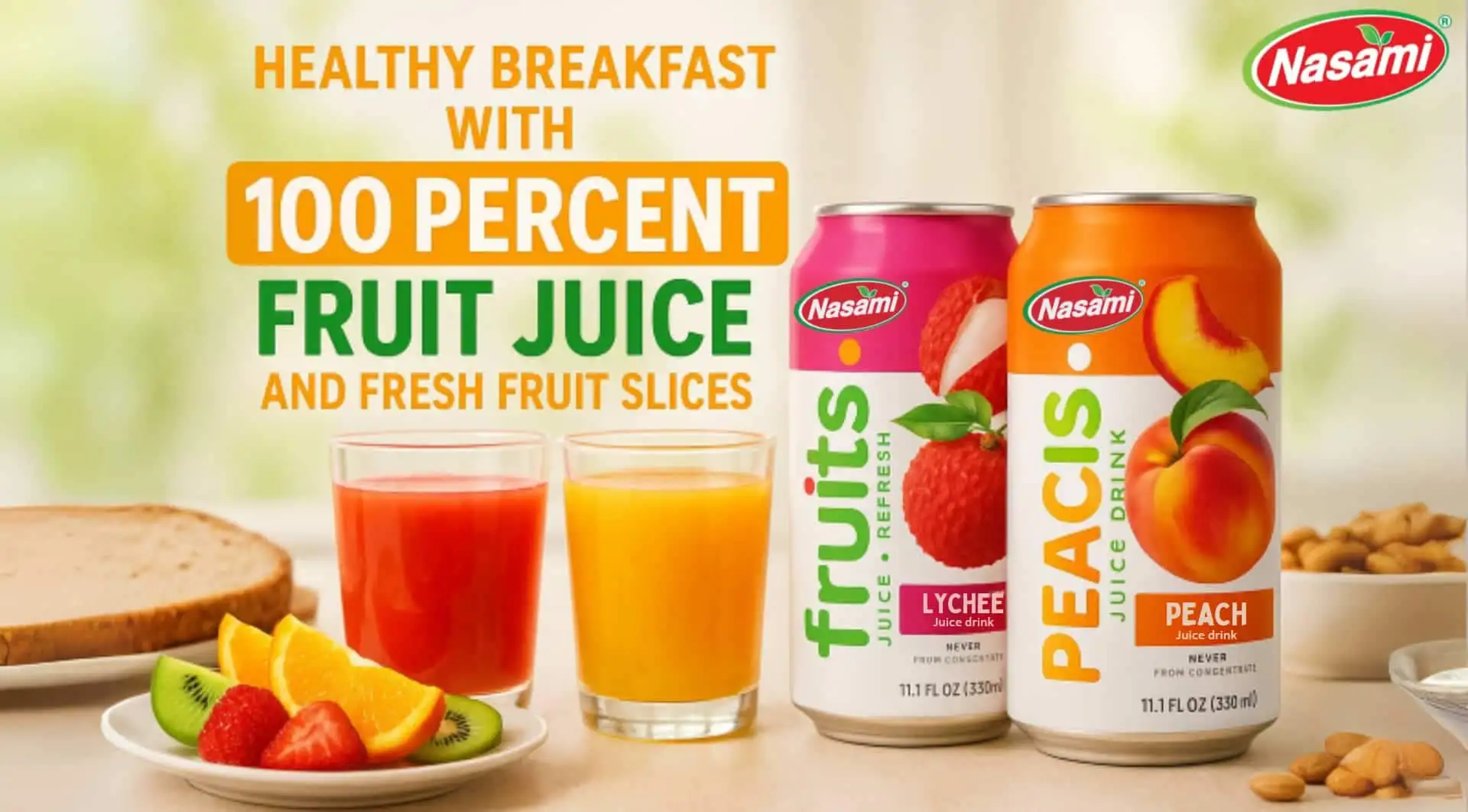
➤ Yes, because:
One cup (240ml) of orange juice has ~21g of natural sugar
It’s easy to drink more than you realize
➤ No, because:
These are natural sugars, not refined
Juice comes with vitamins and antioxidants, unlike soda
Portion control is key (no more than 150–200ml/day)
💡 Tip: Use smaller glasses. Serve juice as a meal component, not a standalone beverage.
100% Juice vs. Juice Drinks vs. Whole Fruit
| Type | What It Contains | Health Rating |
|---|---|---|
| 100% Fruit Juice | Only fruit juice, no added sugar or preservatives | ✅✅✅ |
| Juice Drink | Water + sugar + small % of juice | ❌ |
| Whole Fruit | Juice + fiber + chewing benefit | ✅✅✅✅ |
👉 Bottom line: Whole fruit is best, but 100% juice is a solid second, especially when fresh fruit isn’t available.
How to Choose a Healthy 100 Percent Fruit Juice
✅ Look for:
Label says: “100% juice”
Cold-pressed or pasteurized
Single-fruit or real blend (not from flavorings)
Transparent ingredients list
❌ Avoid:
“Juice drinks”, “cocktail”, “nectar” (often <50% juice)
Artificial sweeteners
Added vitamin waters posing as juice
Who Should Drink 100% Juice (and How Much)?
👍 Good for:
Children (1 small glass/day)
Adults needing nutrient boosts
Elderly with chewing issues
Athletes needing fast carbs and hydration
⚠️ Caution for:
Diabetics (consult your doctor)
People with weight goals (due to calorie density)
Infants under 1 year (not recommended)
🧃 Suggested intake: 4–6 oz/day (120–180ml) for most adults.
Nasami: Setting the Standard for Real Fruit Juices
As a leading beverage manufacturer, Nasami offers high-quality 100 percent fruit juice lines that combine:
🍊 Fresh, ripe fruits sourced from trusted farms
🧪 No sugar or preservative added
🌍 International certifications (HACCP, ISO, FDA)
🧃 Formats: PET bottles & aluminum cans – ready for global export
🌿 Options: with pulp, vitamin-boosted, or detox blends
Nasami’s products maintain the integrity of real juice while adapting to the needs of modern, health-conscious consumers worldwide.
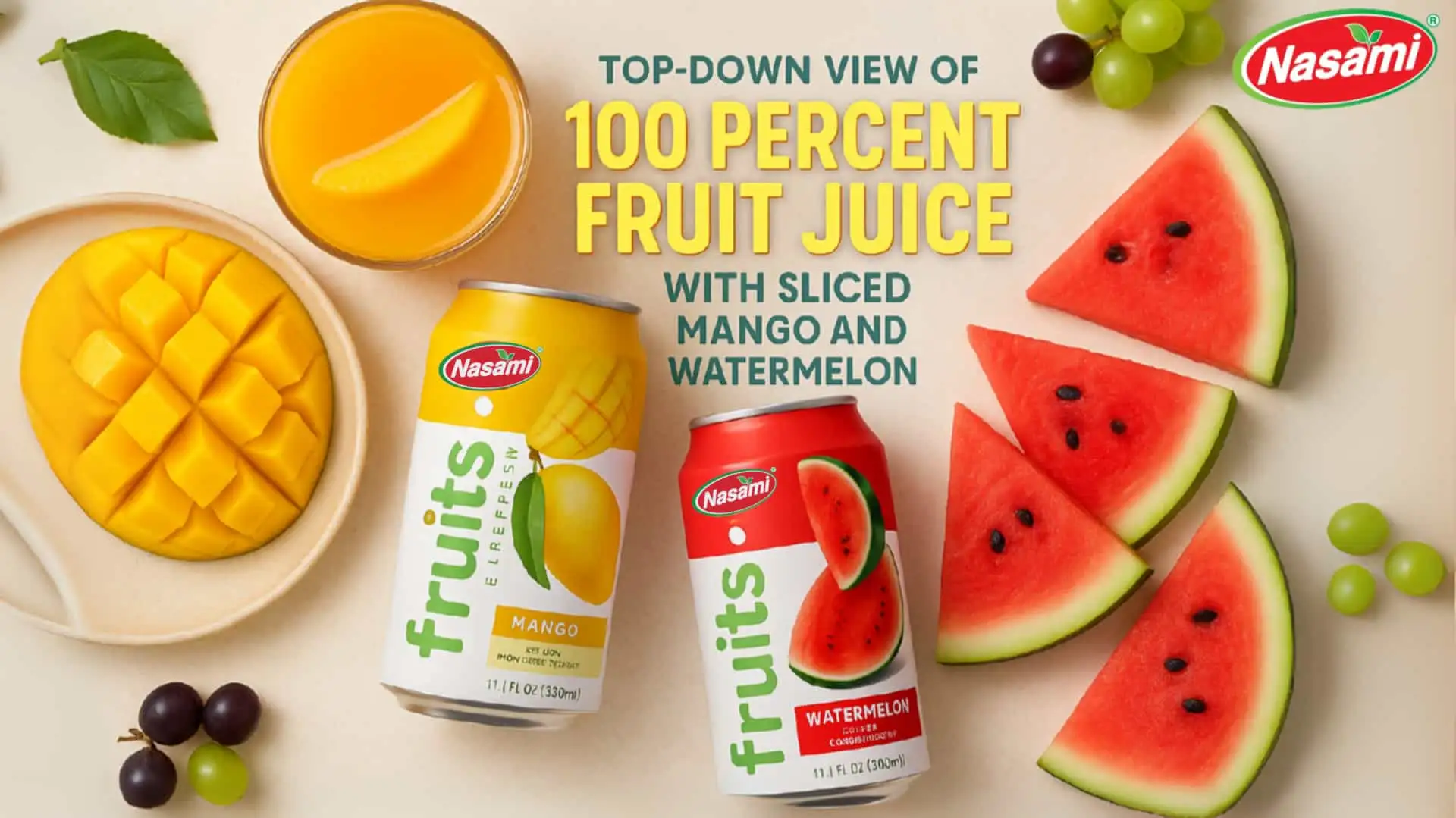
Good, Bad, or Balanced?
So what’s the shocking truth?
👉 100 percent fruit juice is not the enemy.
When consumed in moderation, it’s a powerful tool for hydration, nutrition, and wellness.
It’s not junk. It’s not soda. It’s fruit—pressed, bottled, and ready to support your health.
Just remember:
Don’t overdo it
Choose real juice, not sugary drinks
Use it to supplement, not replace whole fruits
View more:
- The Secret to Functional Fruit Juice Drink’s 2025 Success
- Low Calorie Fruit Juice: 7 Amazing Reasons Smart Shoppers Are Switching Today
- Healthy Fruit Juice Drink: 7 Powerful Reasons You’ll Regret Not Trying It Sooner
- Antioxidant Fruit Juice Blend: 7 Powerful Health Benefits
- Coconut Water Mixed Chocolate – 5 Unique OEM Concepts That Wow B2B Customers
